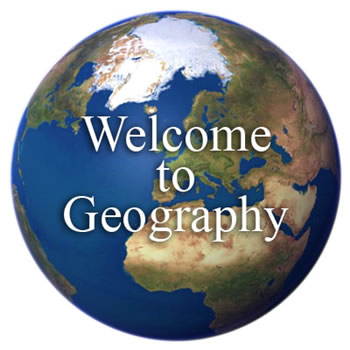How to Teach Kids Geography

Geography, if your child doesn’t understand the subject, getting around is going to be a problem. Your child may get lost easily which could lead to potentially dangerous situations. In the long run, growing up without an understanding of geography certainly can limit an individual’s ability to interact in the world. To ensure your child will build and maintain a working knowledge of geography, begin teaching the basics early or if your child doesn’t do well in the subject, begin correcting the problem now so it will not become a life long disability.
Things Required:
– Globe
– Geographic Puzzles
– Colouring Maps
Instructions
-
1
First, you need to determine your child’s level of understanding related to geography. For that purpose, you can go through their report cards and graded papers. Ask your child if they know the name of the city, state and street in which they live. Younger children may not already have them memorised. Ask any questions pertaining to geography you feel your child should already know. Ask them to point out states and their home state on a map or globe. If child shows signs of trouble in the tested areas, begin right where you are. If child does not show signs of difficulty understanding geography, go to a higher level. These skills should grow over time rather than reaching a stopping point.
-
2
Follow up on geography lessons. Keep your child engaged in the topic and continue to foster the importance of geography. Your child must learn to see geography as one of the basics instead of as an extra, because being able to get around in the world is not the same as being able to play a sport or the guitar. You simply can't be independent without geography.
-
3
You should try to present the subject to children in different ways. If one does not work, another likely will do the job just fine. For example, maps to colour and puzzles to put together combined with use of the globe will get your child's mind focused on geography and develop a working knowledge of where places are located around the world.
-
4
Get your child interested in history in order to develop their interest in where important events took place. For instance, your child is more likely to remember that Germany is located in Europe as you also speak or read about World War II. Focus on different events in history so that you child will stat to recognise the locations where they took place.
-
5
Learn what languages and customs are apart of each country and state you study. This will help your child understand how social studies relates to geography.
-
6
Take your time and be patient with your child and yourself. You will probably learn things you have forgotten or never learned at all.
-
7
Go somewhere like another state or just another city. While travelling between states tell your child each time you're about to cross state lines. If you're going to another city, show your child on the globe what part of the state the city is in compared to where you live.
-
8
Admit when you don't know where something is located in the world or country and be willing to find out.





